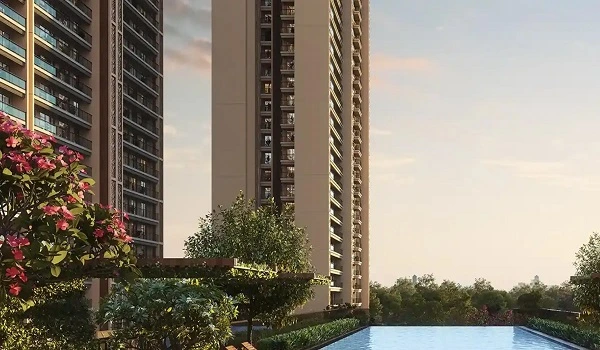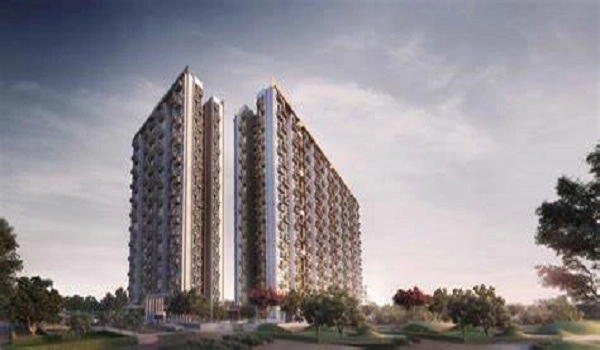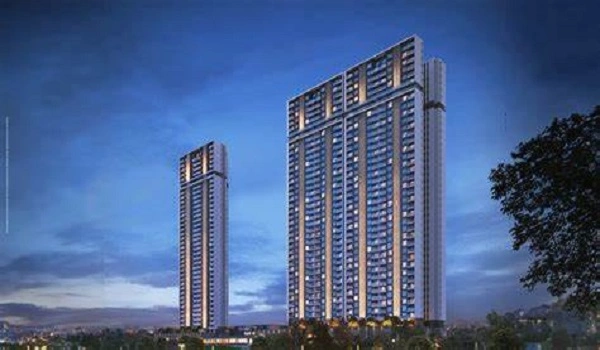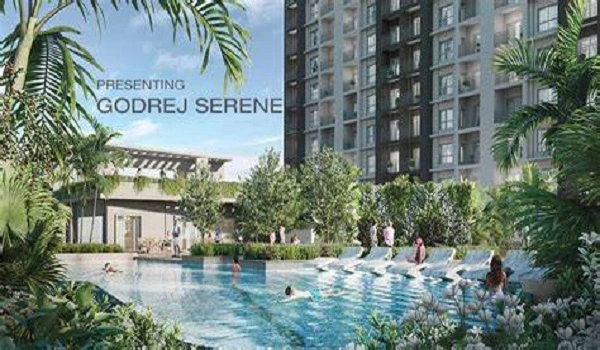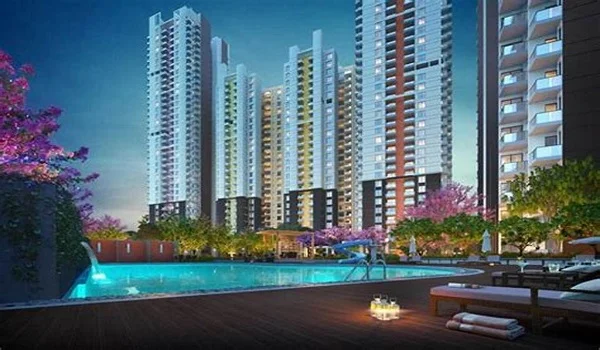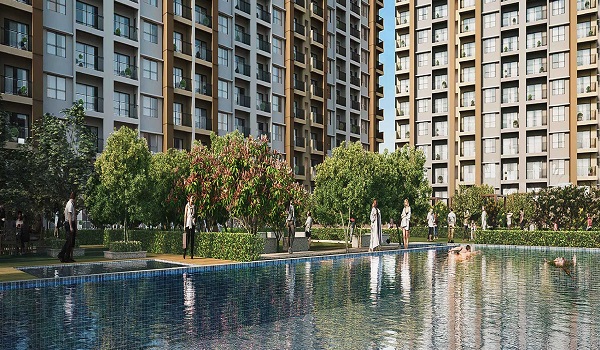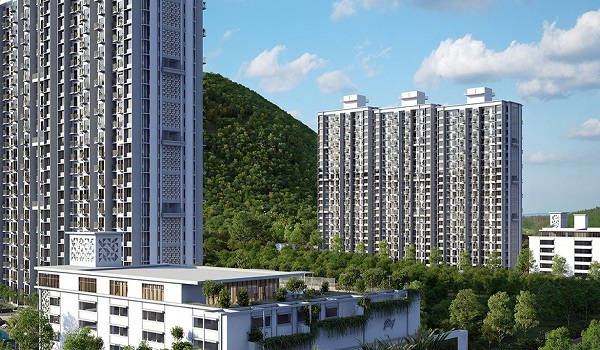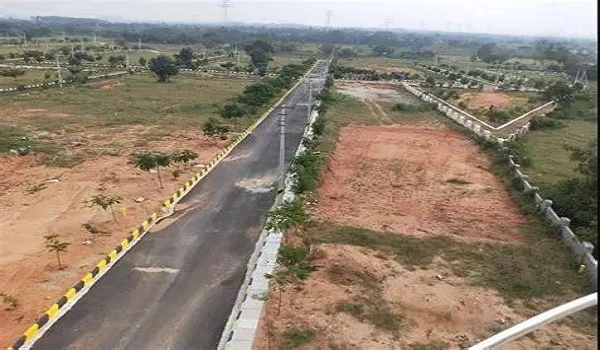Why Hyderabad's Roads Work Better For Cars Than For People
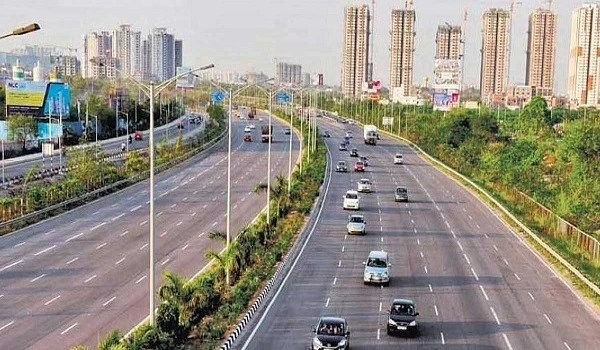
In Hyderabad, getting around has become harder for most people. Buses are fewer, metro stations are far apart, and walking or cycling often feels unsafe. While the city grows fast, its roads and transport system still seem built mainly for cars—not for people.
Many residents say they spend more time and money traveling than they should. Public buses are crowded, often late, and don't cover enough areas. The metro is fast but doesn't reach most neighbourhoods. And taking an auto just to get to the nearest station can cost more than the actual train ride.
K. Nagarjuna, a private employee, says, "It's actually cheaper for me to ride my bike than take the bus or metro. There's no reason to switch."
Others agree. A Revathi, 52, finds the buses unreliable. But younger commuters like Kavyam, 23, still choose them. "Even if it wasn't free for women, I'd take the bus. It's better for the environment," she said.
Back in 2014, Hyderabad had over 3,800 public buses. By 2025, that number dropped to just over 3,000. Yet, more people are now using buses, thanks to the Mahalakshmi Scheme, which offers free rides for women. This has pushed occupancy over 100%, making it uncomfortable for many passengers.
The state government has asked for 2,800 electric buses under a central scheme, but it's still unclear how many will be given to Hyderabad.
Cycling in Hyderabad is risky. Riders often face bad roads, careless drivers, and no dedicated lanes. Walking is not any better—many footpaths are broken, blocked, or just don't exist.
Santhana Selvan, a city resident and cycling advocate, believes the solution isn't just more cycle tracks. "We need safer streets overall—proper footpaths, bike parking, and a plan that connects all modes of transport."
Hyderabad's metro system has helped in some areas, but it covers only a small part of the city. It was designed to serve 24 lakh people daily but only sees about 5 lakh commuters. Many experts say the routes were chosen more for real estate growth than for meeting actual public needs.
According to Prof. Laxman Rao from JNTU, this approach has only added to traffic problems. "We need to focus on building neighbourhoods where people don't have to travel far for daily needs. Right now, people are forced to drive long distances, which adds to the chaos."
Hyderabad still follows a master plan from 2013 that doesn't match today's needs. Experts say the plan mostly helped real estate and didn't improve daily life for common people. The city's roads have become more crowded, and public transport hasn't kept pace.
Adding more flyovers, they say, only makes things worse. It encourages more cars on the road, while walkers and cyclists still don't have safe spaces.
Experts suggest a more balanced approach:
- Add more buses and ensure they're on time
- Expand metro routes and fix last-mile issues
- Build proper footpaths and protected cycle tracks
- Limit private car use with parking fees or peak-hour charges
- Encourage mixed-use areas so people can walk to work, school, and shops
Projects like Godrej Regal Pavilion near Kokapet are already showing how walkable, transit-friendly design can support modern lifestyles without over-relying on private vehicles.
Hyderabad's traffic and transport issues are not just about road space—they're about planning choices. Buses, cycles, and footpaths need to be treated as priorities, not afterthoughts. If the city wants to move forward without choking on traffic and pollution, it must build streets that work for everyone, not just for cars.
By investing in safer, smarter, and more people-friendly transport, Hyderabad can become a city where the daily commute is not a burden, but a breeze.
| Enquiry |
